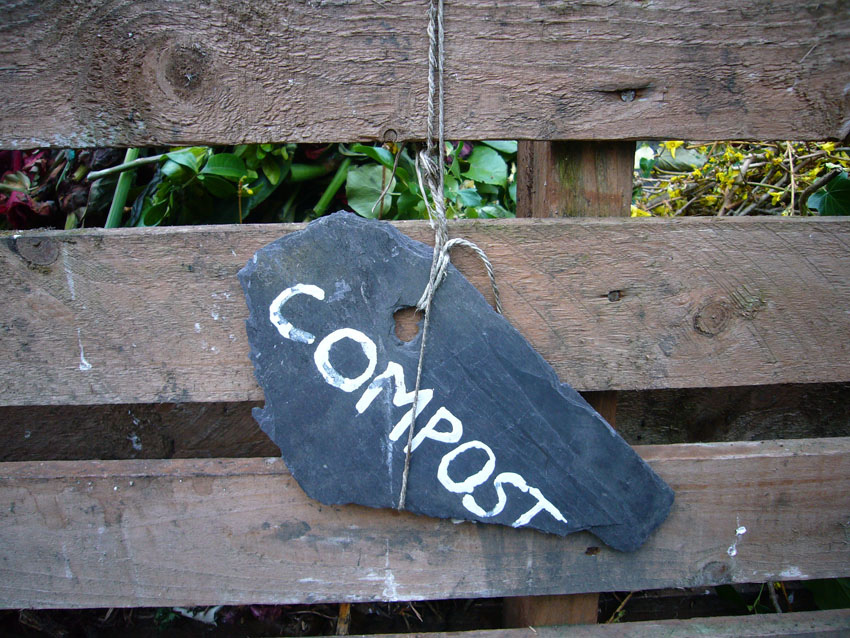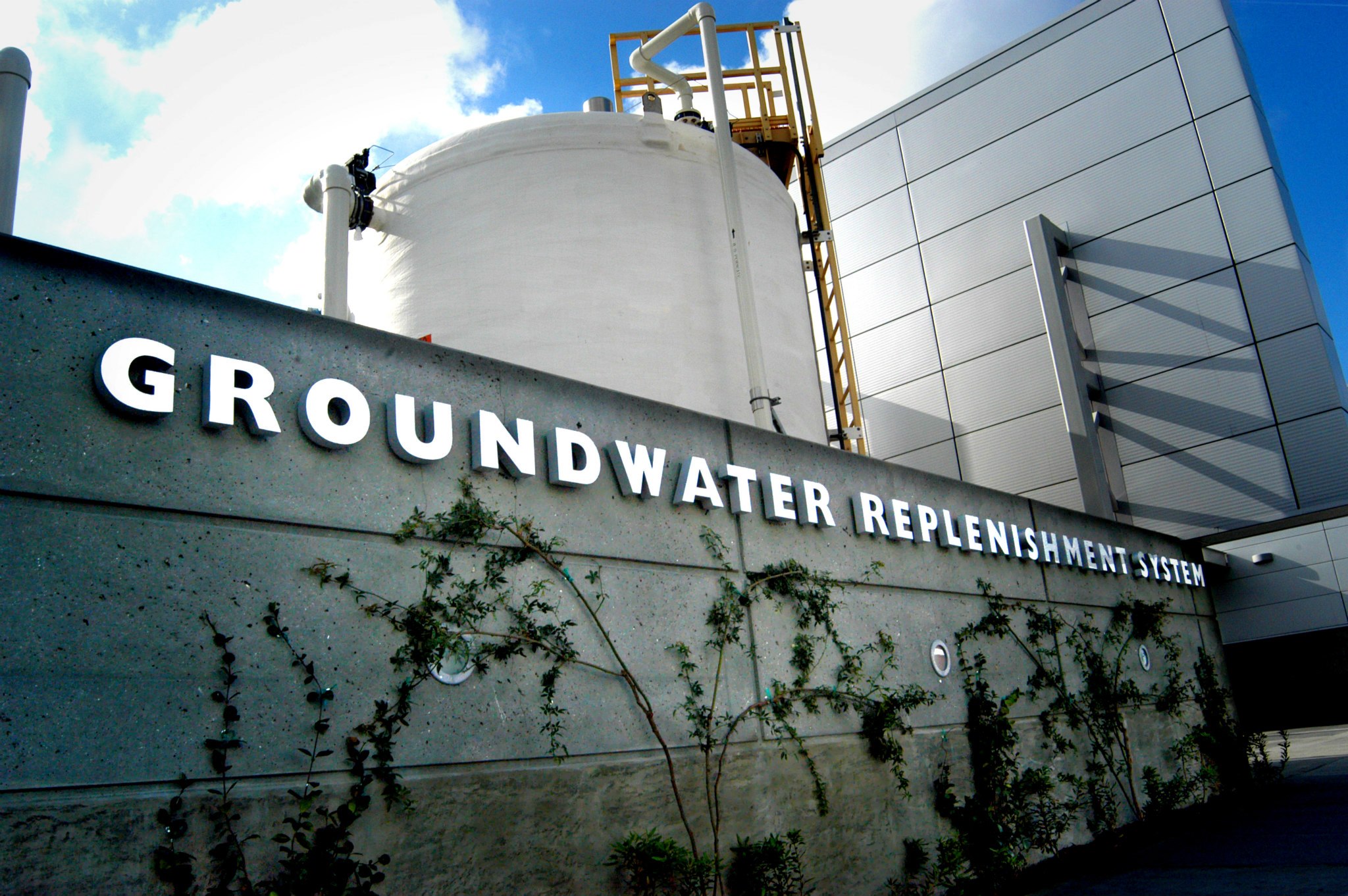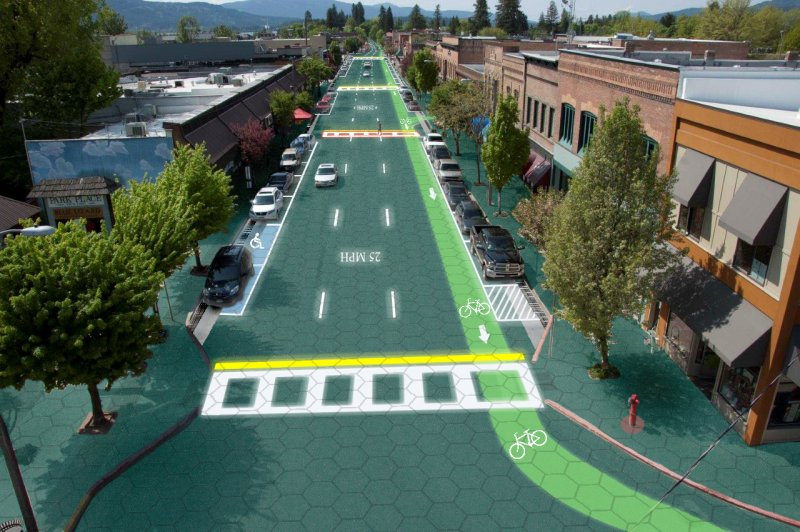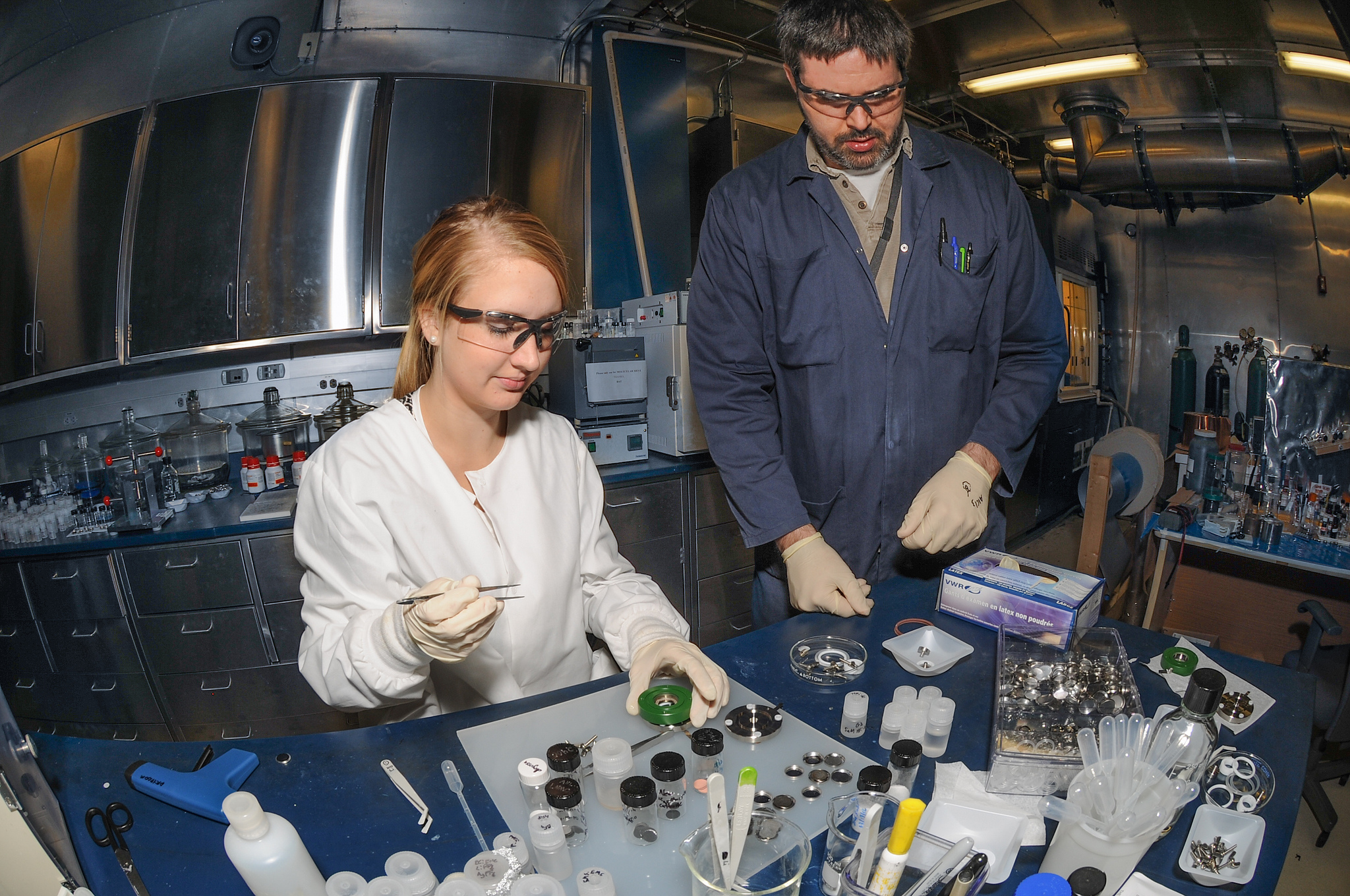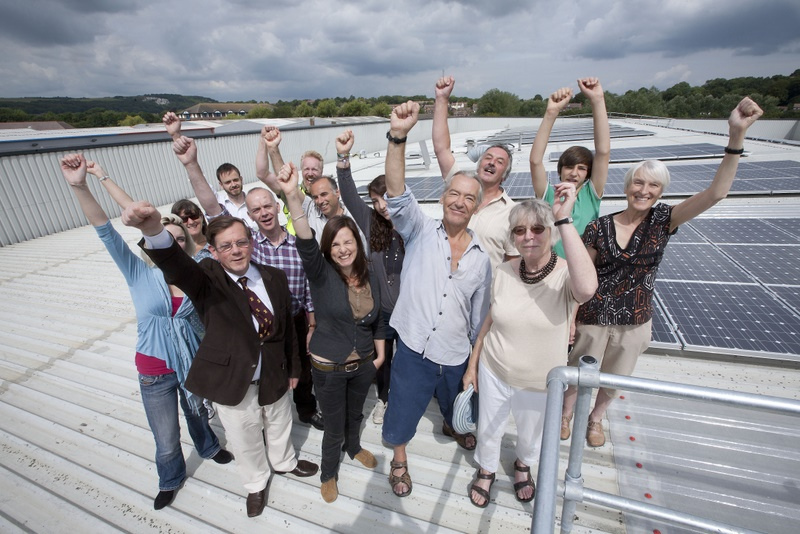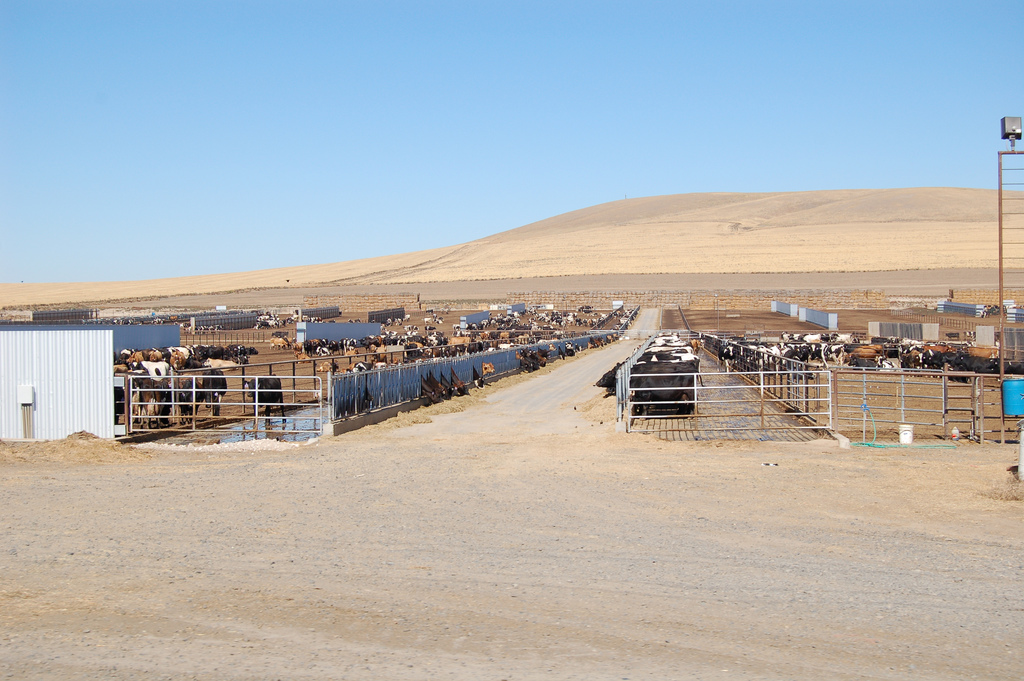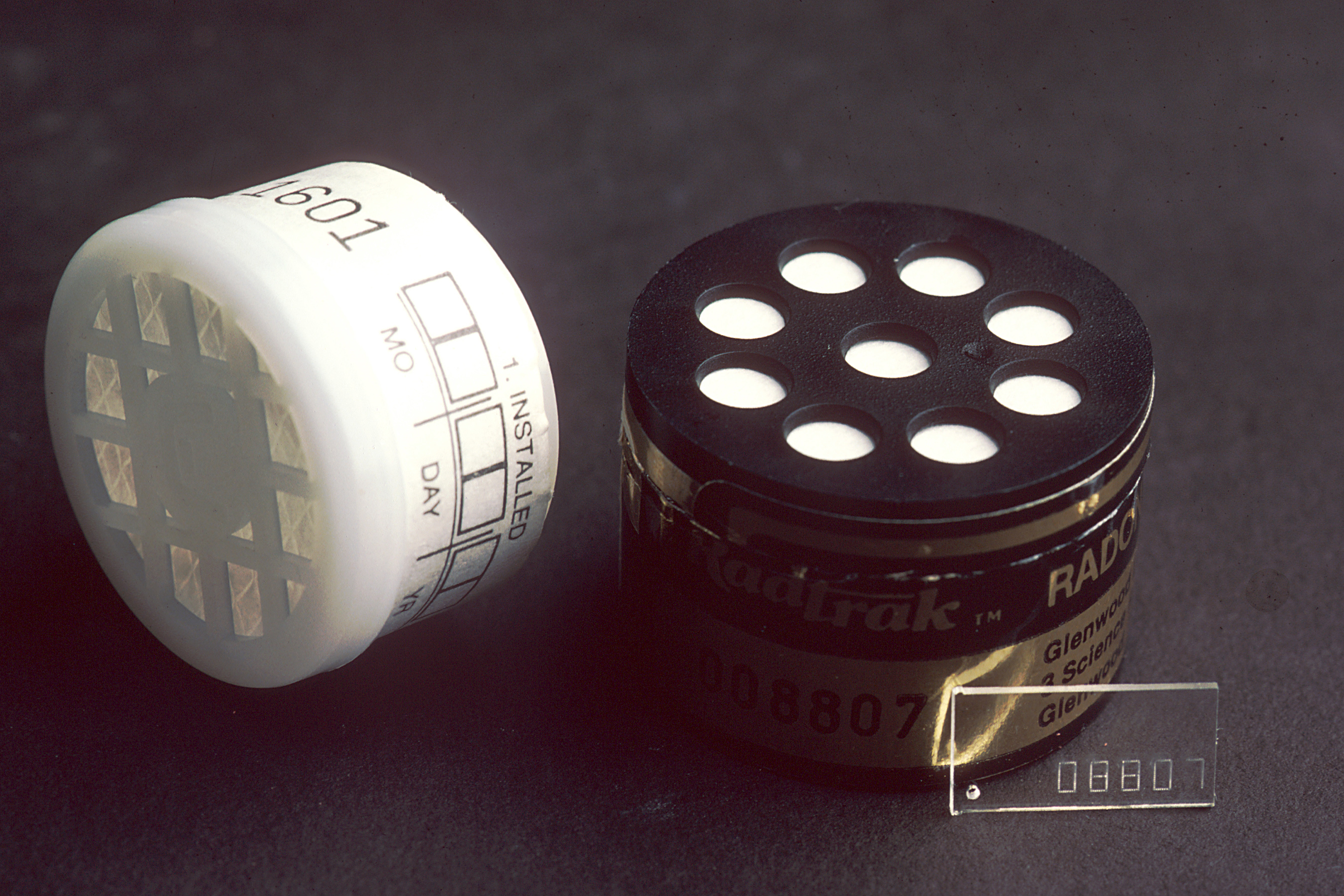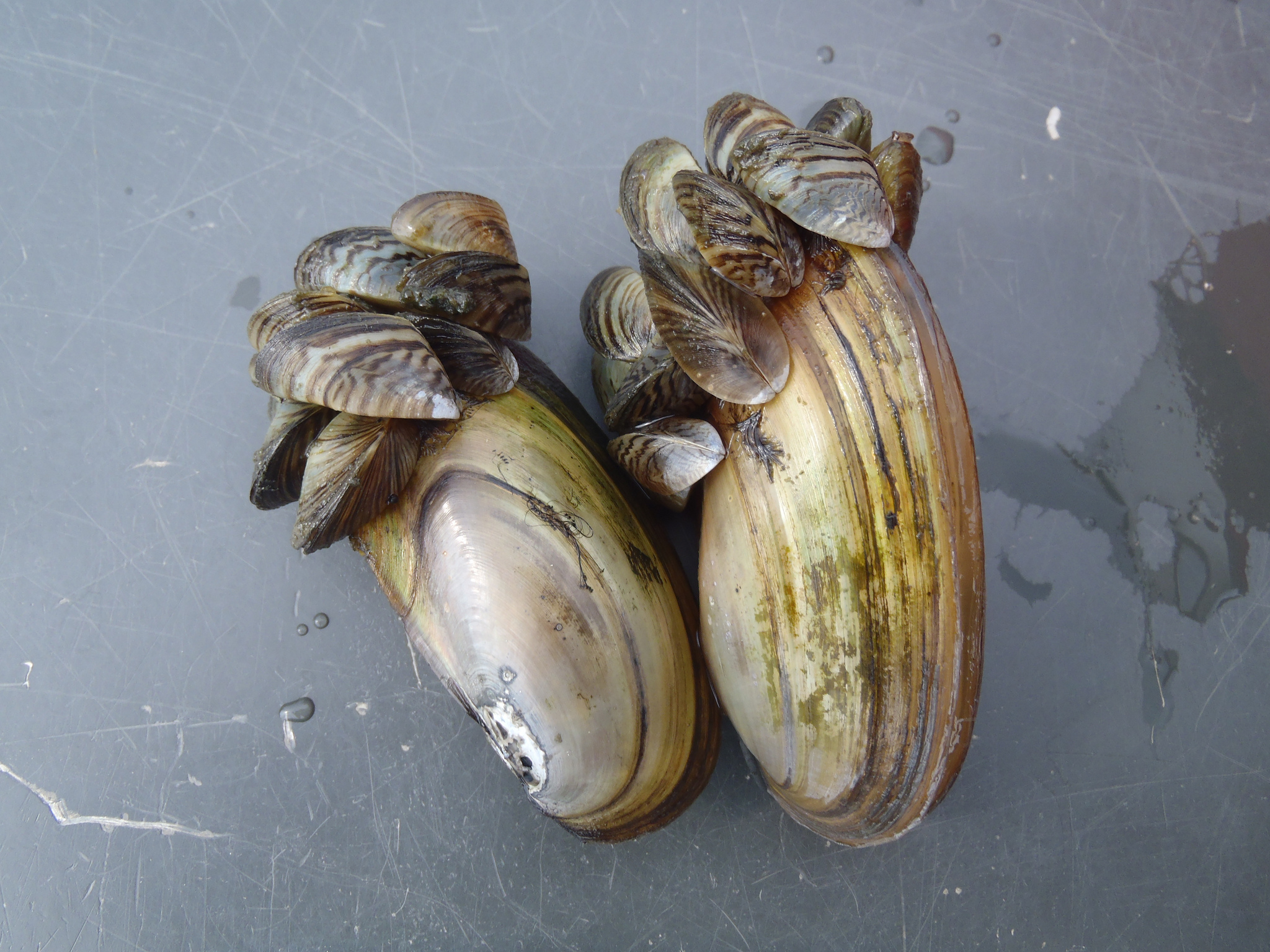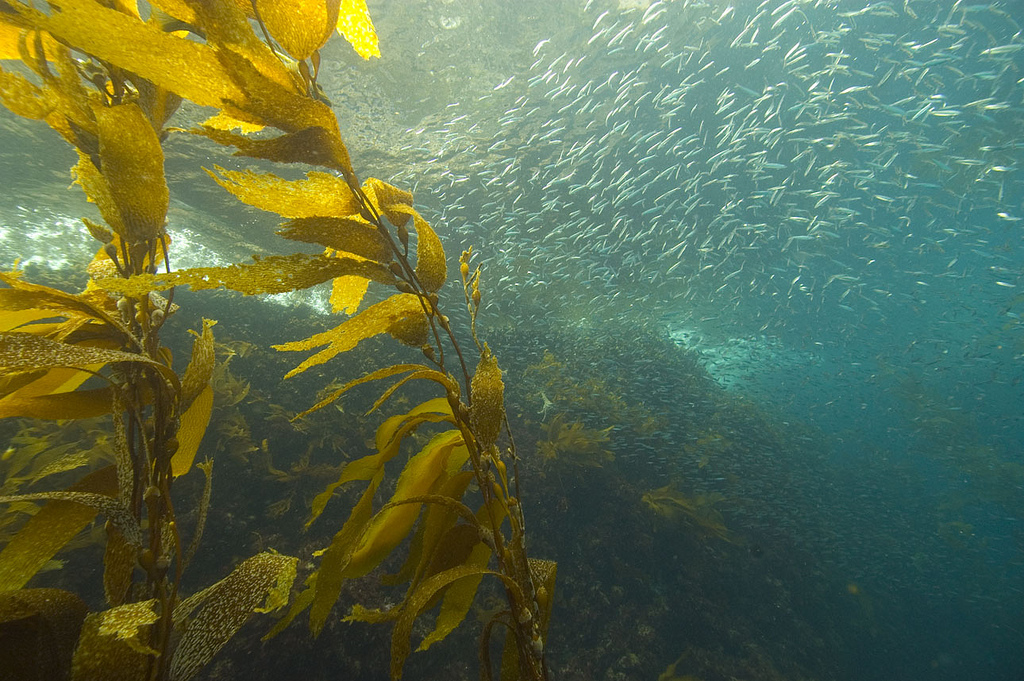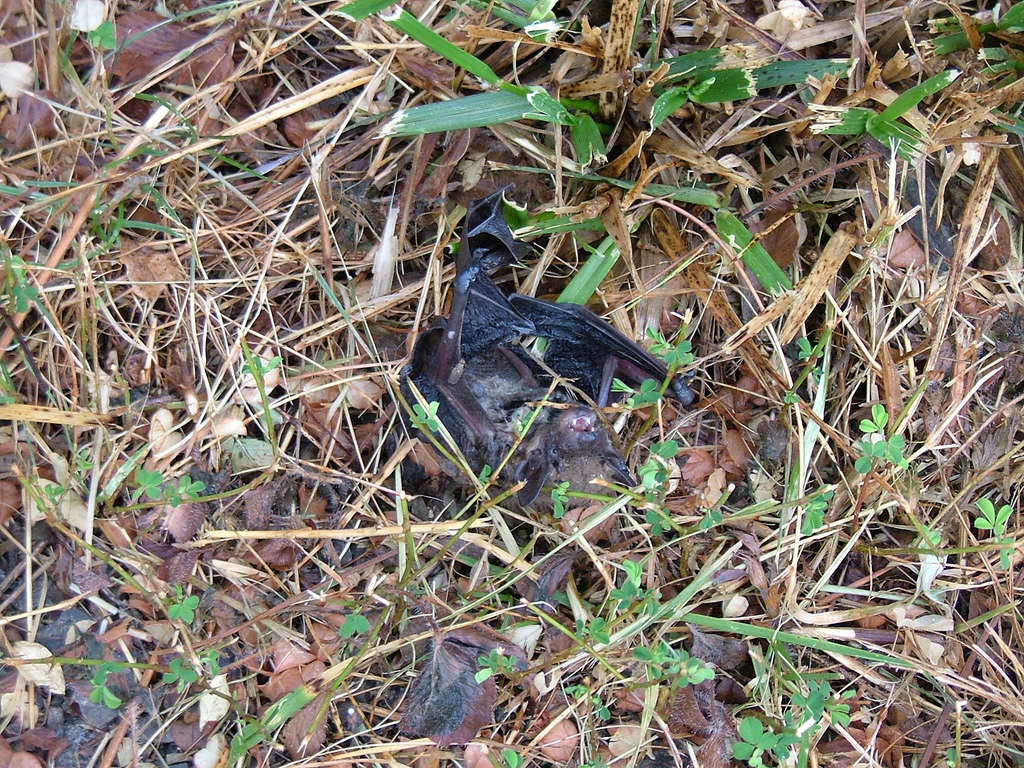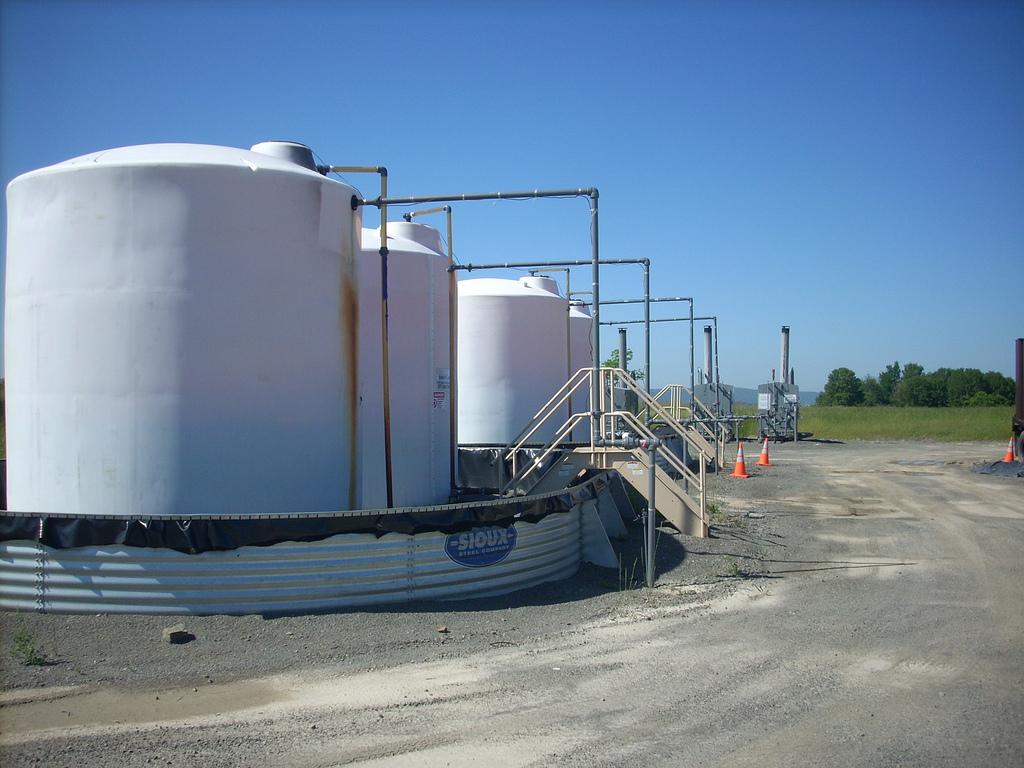Technology
Toilet-to-Tap: It’s A Good Thing
California, which is the number one food and agricultural producer in the United States, is in the third year of one of the state’s worst droughts in a century. This has led to an increase in wildfires, losses in agriculture, and water restrictions and shortages. Some small communities even run the risk of running out of water.
A Solar Bike Path
Solar panels are an increasingly common sight on rooftops and also in standalone ground arrays. But people are starting to embrace the idea of incorporating solar power into other elements of existing infrastructure.
Climate Change And Airplanes
Climate change could have a major impact on future air travel. According to a new study published in the American Meteorological Society Journal, researchers suggest warmer global temperatures will make it harder for airplanes to take off. This could either limit how much luggage or how many people can board an airplane in the future.
Nanoscale Batteries
Electric vehicles and renewable energy are widely thought to be essential in combating climate change. Both desperately need better and cheaper batteries if they are to achieve truly widespread use.
Big Plans For Better Batteries
The government has established goals for the next decade to produce a quarter of the country’s electricity from solar and wind power and to have a million all-electric vehicles on the road. If these goals are to be met, we will need cheaper batteries with higher energy density and faster charging time.
Geoengineering: Not A Quick Fix
Geoengineering – the deliberate, large-scale intervention in the Earth’s climate system – is the subject of continuing speculation by researchers from many disciplines. The notion is that if our efforts to combat climate change by reducing greenhouse gas emissions are too little or too late, we may have to try to change the climate deliberately.
A Boom In Energy Storage
Wind and solar power are growing by leaps and bounds. Both are playing an increasingly large role in the electricity grid. But as their roles increase, so does a troublesome vulnerability: utilities cannot control when the sun shines or the wind blows. So how can we become dependent on wind and solar power?
Increasing Solar Grid Parity
Oil prices have come down dramatically. Gasoline is suddenly cheaper than it has been in a long time. Historically, every time fossil fuels get cheaper for a while, people lose interest in alternatives like solar energy. That may be about to change.
Deep Sea Carbon Dioxide Storage
The Southern Ocean plays an important role in the exchange of carbon dioxide between the atmosphere and the ocean. One important part of this is the growth of phytoplankton, which act like a natural sponge for carbon dioxide. When these plankton die, they can sink to the bottom of the ocean and thereby store some of the carbon dioxide that they have absorbed. This process has been termed a “biological carbon pump.”
Pizza Box Chemicals
The Natural Resources Defense Council has recently asked the Food and Drug Administration to take action on several chemicals commonly found in food packaging. One group of chemicals in particular – long-chain perfluorocarboxylates, or PFCs – has already been identified by the FDA as potentially unsafe.
Community Solar
There is no question that solar power is booming in the US. According to industry estimates, a new solar energy system is installed every 2 ½ minutes. Surveys indicate that that 9 out of 10 Americans want to make use of the sun’s energy.
Storing Wind Energy With Batteries
The growing use of solar and wind power is driving a growing need for large-scale energy storage technology. There are many ways to store energy ranging from pumping water into an elevated reservoir to storing compressed air in caverns to a wide range of battery technologies.
Factory Farms And Super Germs
Nearly 80% of the antibiotics sold in the United States are fed to livestock and poultry in an effort to encourage growth and stave-off unsanitary conditions. This chronic exposure leads certain bacteria to develop antibiotic resistance, resulting in dangerous and difficult-to-treat staph infections, like MRSA.
Radon
Radon is a cancer-causing, radioactive gas. It is invisible, has no smell or taste, and is the second leading cause of lung cancer in the United States causing an estimated 20,000 deaths per year.
Pinpointing Invasive Species
Throughout the world, invasive species plague local ecosystems, degrading natural resources and damaging infrastructure. In the U.S. alone, biological pollution is estimated to carry a price tag of $120 billion per year.
Fuel From Seaweed
Biofuel is considered to be a promising way to shift our energy needs to sustainable and climate-neutral sources. Replacing petroleum with fuels made from crops or other plants basically recycles CO2. The plants absorb it as they grow and release it when they are burned.
Bats And Wind Turbines
Large numbers of bats are being found dead beneath wind turbines, leading researchers to believe they may be mistaking the turbines for trees.
Apples And Antibiotics
In the Northeast, fall is all about apples – apple picking, visiting orchards, and baking apple pie. Most of us would never suspect that our apples may have been treated with antibiotics – even those that are certified organic. How is that possible?
Will Natural Gas Help Reduce Carbon Emissions?
The US is in the midst of a transition from depending upon coal for generating electricity to the use of natural gas instead. This has been driven in great part by the boom in shale gas and the widespread use of fracking technology.
[Read more…] about Will Natural Gas Help Reduce Carbon Emissions?
